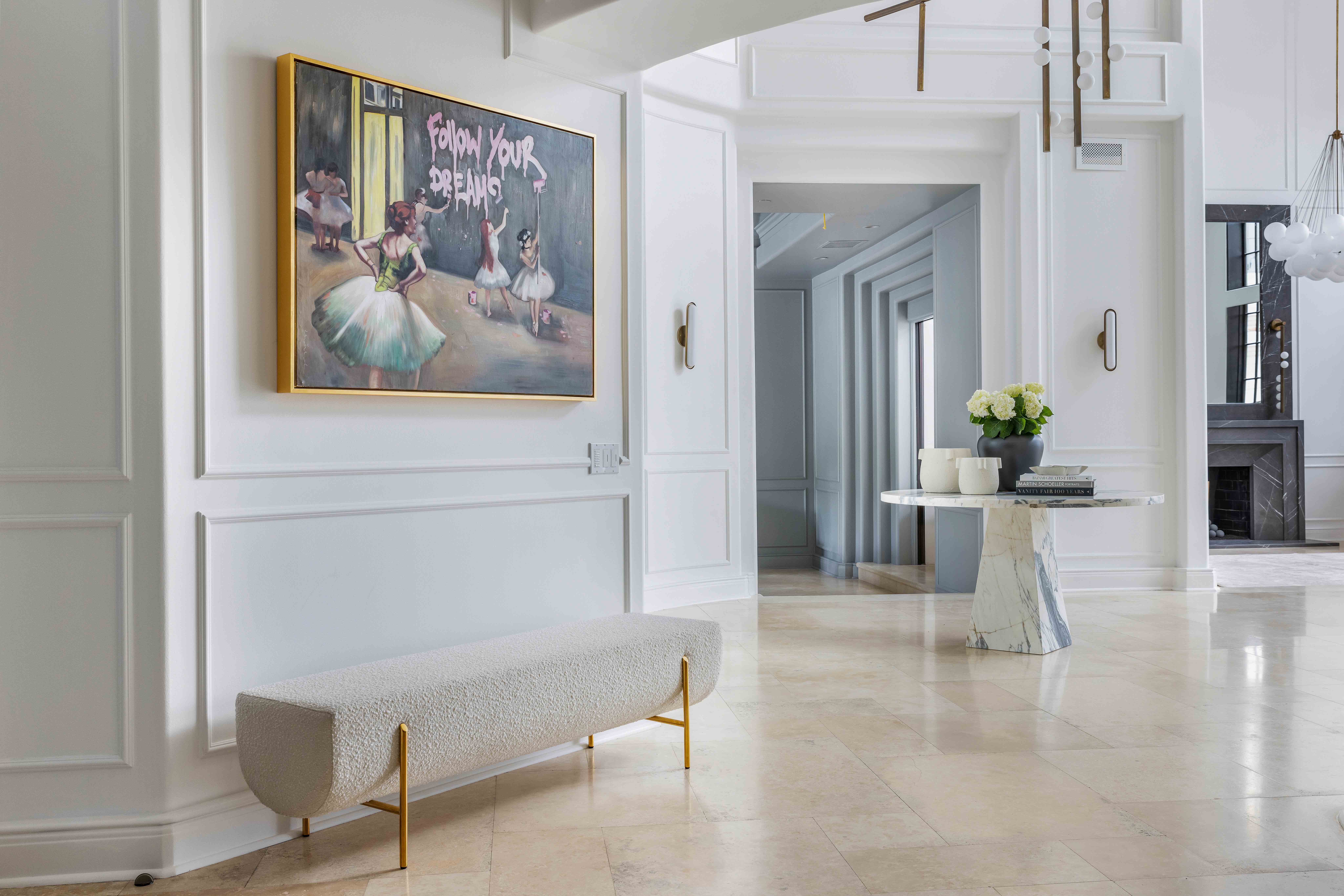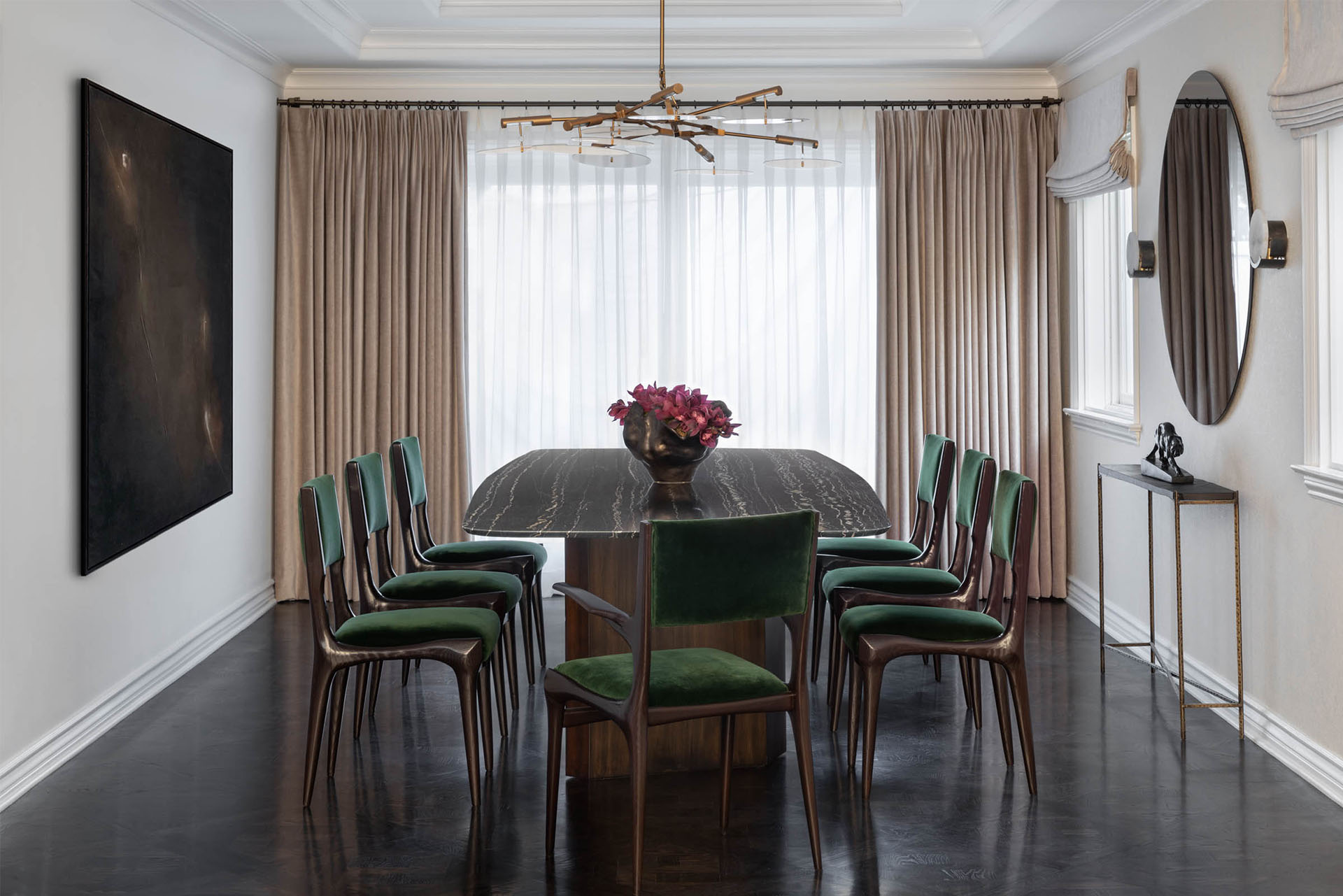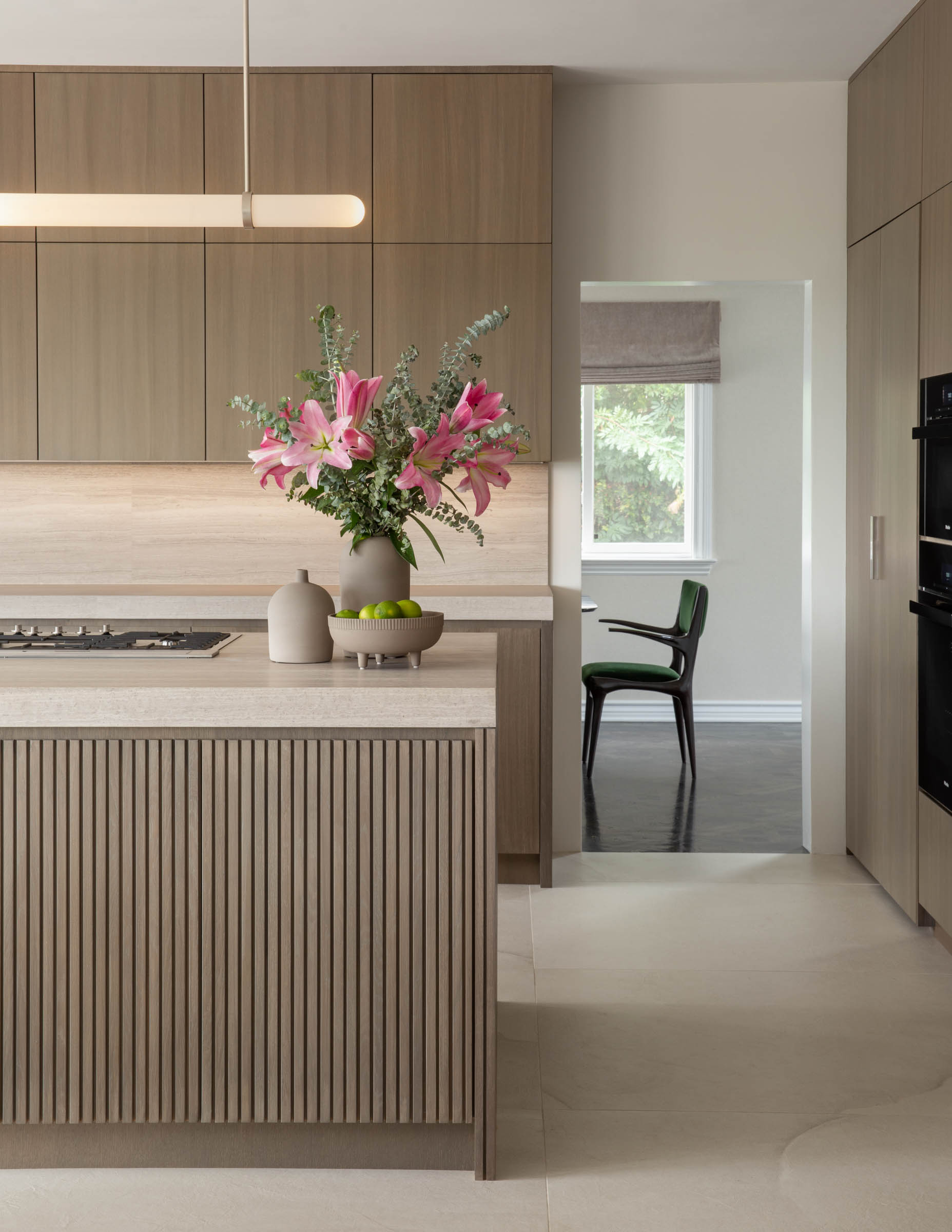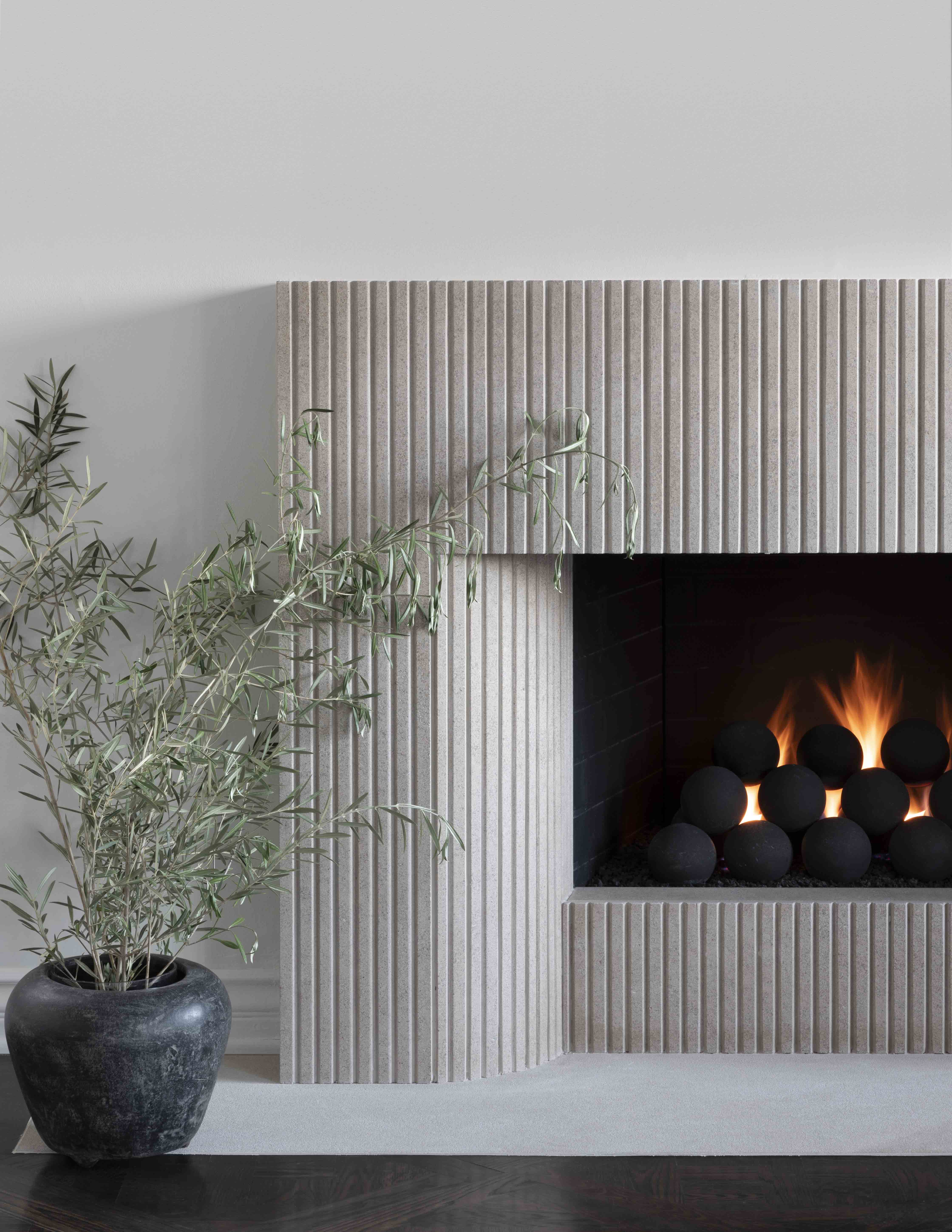

| CANVAS OF PLANS & DRAWINGS |
INTERIOR & DÉCOR, but with a twist |
| HOTELS & RESTAURANTS, beyond mainstream |
Notes on ART |
| Into big AFFAIRS | INSIDERS |
| GLIMPSES | |
Keywords:
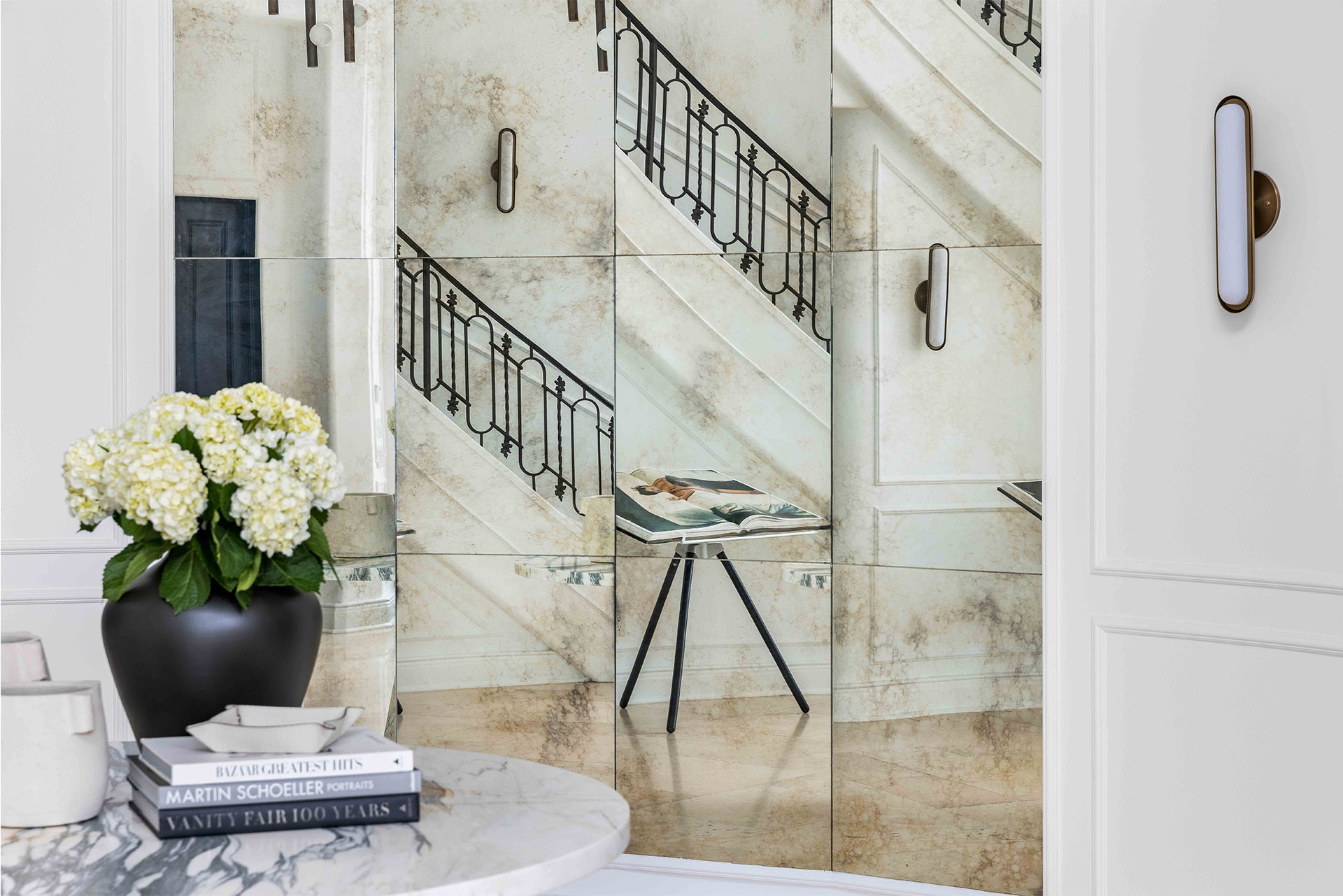
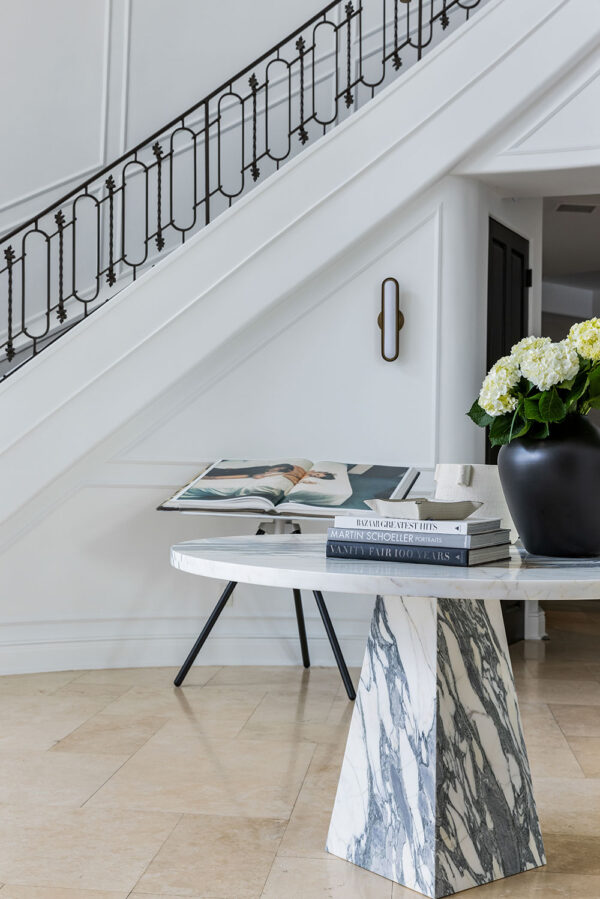
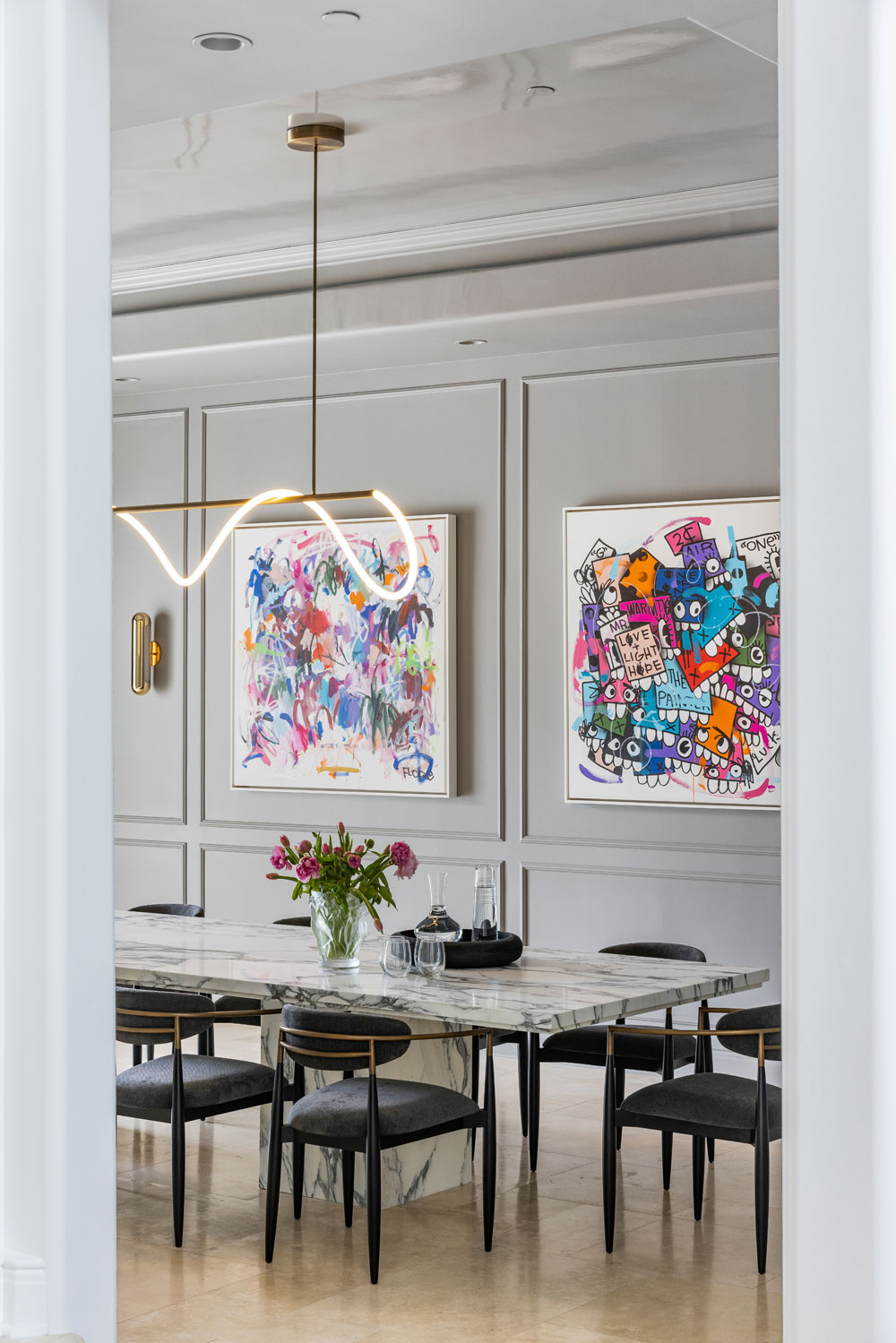
Starting from the very beginning, I was born and raised in England. However, I spent most of my time in Spain, where my family had a holiday home. I have never confined myself to the borders of these two countries, but I have always travelled all over Europe in search of quiet luxury details. Such elements have always remained with me and have made me the designer of today. I look for inspiration among cobbled streets, stone finishes or in the ocean water. It is not about a great overall experience, but rather about small special experiences that I carry in my pocket and turn into creativity. I would therefore say that my greatest source of inspiration is Europe.
On the other hand, my mother had an important interior design firm. Thus, I grew up observing her projects take shape and traveling between different sites. Finally, giving a piece of creative advice, I would say that it is crucial to know who you are as an artist from the moment you start. Once you know yourself it is much easier to get into projects and collaborate with customers or partners. It does not matter if the styles are different, but it is important how you can complement and integrate yourself into each and everything. I did it from the beginning and it keeps evolving.
I would say that what most defines me is a form of discreet luxury. The world of design in general is going in the direction of a greater balance and discretion, while remaining always surprising. In my case, it is about the little elements that are layered beautifully rather than a massive construction that can deteriorate rapidly. For this reason, whether it is furniture, stone works or a specific area of the house, I like to focus on how everything harmonizes together. It is crucial that the person who will live or use that space enjoy it for a long time, as opposed to being just a trend. The second element that makes up our manifesto is being sustainably conscious. By that I do not mean that what we do is always 100% sustainable, it would be an impossible hypocrisy, but that we try to be as much as possible and we are mindful of that.
